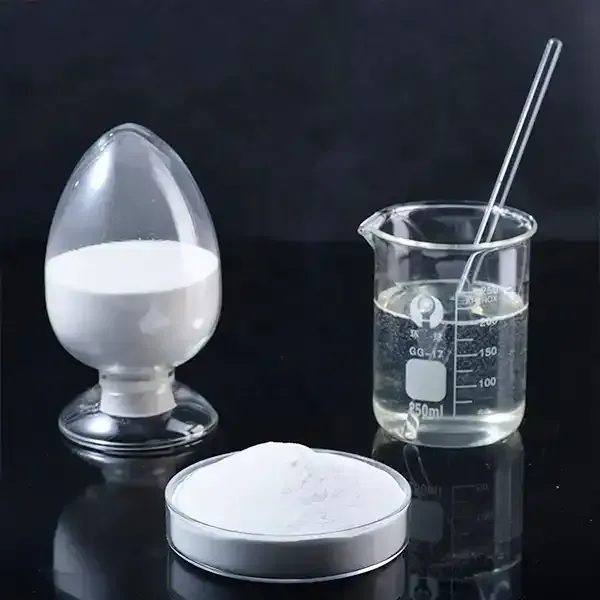Cellulose Ethers Versatility and Applications
Cellulose ethers are a group of chemical compounds derived from cellulose, a natural polysaccharide that is the main structural component of plant cell walls. These derivatives are formed by chemically modifying cellulose with various etherifying agents, resulting in products that possess unique properties. Due to their versatility, cellulose ethers have found a myriad of applications across various industries, including food, pharmaceuticals, cosmetics, and construction.
Cellulose ethers are categorized into different types based on their chemical structure and the substituents introduced during the modification process. Some of the most common cellulose ethers include methylcellulose (MC), hydroxypropyl methylcellulose (HPMC), and carboxymethyl cellulose (CMC). Each type exhibits distinct solubility, viscosity, and film-forming properties, making them suitable for specific applications.
One of the primary uses of cellulose ethers is as food additives. For instance, methylcellulose and hydroxypropyl methylcellulose serve as thickening agents, stabilizers, and emulsifiers in various food products. They enhance the texture and consistency of sauces, dressings, and processed foods while also being seen as beneficial for dietary applications due to their ability to form gels and act as dietary fibers. Their non-toxic nature and ability to be derived from natural sources make them favorable ingredients in food formulations.
In the pharmaceutical industry, cellulose ethers play a crucial role in drug formulation and delivery. The ability of cellulose ethers to control the release of active ingredients makes them valuable excipients in tablet and capsule production. Hydroxypropyl methylcellulose, for example, is widely used in sustained-release dosage forms, ensuring that medications act over an extended period. Moreover, cellulose ethers are often employed in the production of ocular, topical, and oral pharmaceutical preparations due to their biocompatibility and ability to retain moisture.
cellulose ethers

Cosmetic and personal care products also benefit significantly from the properties of cellulose ethers. They are commonly used as thickening agents in creams, lotions, and gels, providing smooth and desirable textures. Their ability to form stable emulsions helps in the formulation of cosmetic products, ensuring uniform distribution of active ingredients. Additionally, cellulose ethers impart moisture-binding properties, making them effective for hydrating skin and maintaining its elasticity.
In the construction industry, cellulose ethers are exploited for their water retention and adhesive properties. They are often added to cementitious materials, plasters, and tile adhesives to improve workability and extend the open time, allowing for easier application. The water-retaining capacity of cellulose ethers prevents rapid drying and cracking, enhancing the durability and strength of construction materials.
Despite their widespread usefulness, the production of cellulose ethers is also subject to scrutiny regarding environmental concerns. The sourcing of cellulose from trees and other plants raises questions about sustainability. Therefore, ongoing research focuses on finding eco-friendly methods for producing cellulose ethers, including the use of agricultural waste as a raw material.
In conclusion, cellulose ethers stand out as versatile compounds with a wide range of applications across multiple industries. Their unique properties enable numerous functionalities, from enhancing food texture to improving the performance of construction materials. As research progresses and sustainability considerations come to the forefront, the future of cellulose ethers looks promising, potentially leading to even broader utilization and innovative applications.






